There's gold in the Philippines that lies hidden underneath the soil, in caves, and stashed by the Spanish, Japanese and Germans in the waters. In fact, there's a fortune waiting to be unearthed by any diligent treasure hunter.
The Philippines has the second largest unearthed gold deposits in the world. Most of the gold deposits in the #Philippines are located in Luzon, but Mindanao, Masbate and Surigao are also hotspots for the highly valuable metal. Indeed, some 73 provinces in the country are said to have gold deposits. So why are we a relatively poor country? Laziness? Burdensome regulations?
General Tomoyuki Yamashita
We have all heard about the infamous Japanese commander and his stash of gold bullion somewhere in the mountains of Baguio. Some call it a fable, but I strongly disagree. Indeed, even the History Channel has a television series about some American treasure hunters who believe they are close to finding some of the gold buried by Yamashita's soldiers.
They have found gold coins, booby traps rigged with Japanese hand grenades, and more evidence. I won't spoil what else they have done, who they have met, and what they have found. Just watch the series and you will be enthralled.
Here's an image of Yamashita in the mountains of Baguio.

You can watch 16 episodes absolutely free on the History Channel and there is no need to register or sign it. Here is the link:
https://play.history.com/shows/lost-gold-of-world-war-ii
Baguio
When I lived in #Baguio back in 2009 until 2013, below and around the area of Tuding, down from Mine's View, people were panning for gold. Most made around 300-400 pesos a day. But when the heavy rains came, as they often do, their income averaged around 1,000 pesos a day or more. Don't get me wrong, panning for gold is hard work and certainly not for the timid or weak. But 1,000 pesos a day beats the average wage of workers in the Philippines! And guess what? People are still panning for gold today.

Ferdinand Marcos and his gold
Ferdinand Marcos was a Philippine Scout during the Japanese and American occupancy of the Philippines during WWII. While he was serving as a Scout, he occasioned to acquire treasure maps of 172 Japanese gold burial sites (138 on land and 34 in the water). Part of this loot was recovered by the Golden Lilly group of Japan.
Filipino Rogelio Roxas eventually filed a lawsuit against President Marcos for pilfering part of Yamashita's hoard that Roxas himself had found. In a 2005 court ruling, the judges found in favor of Mr. Roxas and awarded him $13 million. Still think the Yamashita hoard was a hoax? It certainly wasn't! And Roxas has the proof and let's people see his treasure.
General MacArthur, Corregidor Island and gold
I last visited Corregidor Island in 2014. With my keen eye I was able to find spent ammunition, human bones and more relics from the war. I even sat in General MacArthur's bathtub, the only one on the small island. But did you know about the gold he took off the island? MacArthur's men loaded some $40-million worth of gold onto the USS Trout, a submarine.
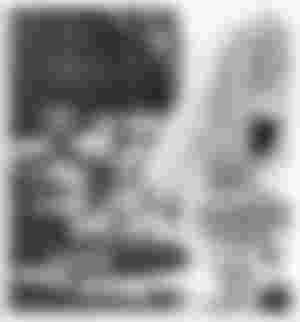
And here is an image of T/Sgt. Harrison T. Martin of San Francisco, California from circa 1945, and a small portion of a hoard of 17 million silver pesos taken out of Manila Bay near Corregidor. You think he found it all? Nope! And there is also a fortune of silver and coins remaining in the waters.
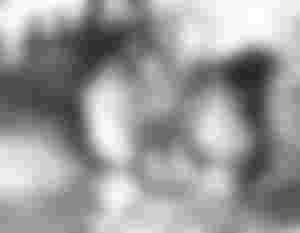
We always have naysayers and those who claim that these finds are mere folk tales. However, pictures are worth more than tall tales of fantasy and the professors at UP. Maybe this is because certain individuals want to keep the secrets hidden from people for their own greed.
Here is more of the discovered silver.
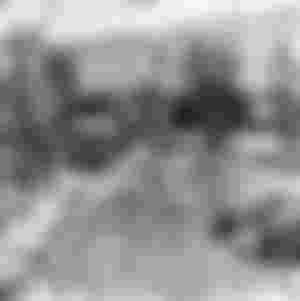
Does this image look like a fable to you?
Treasure abounds on Corregidor and in its waters. I'll be going back with a metal detector when the pandemic dies down and travel is easier. I expect to find gold, silver, U.S., Japanese and Philippine coins from the era, and unexploded war ordinance. I'll have to be careful, however, because I do not want to get blown to pieces!
I plan on searching around the area where the swimming pool used to be - still visible but surrounded by the jungle. I'll also search around MacArthur's old headquarters and around the officer's barracks. Finally, I'll search inside the Malinta Tunnel, a foreboding place that frightens most sane people.
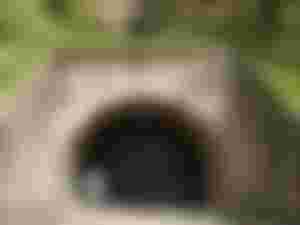
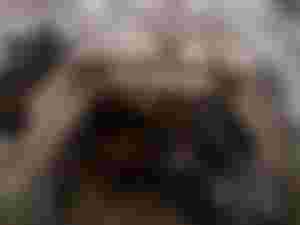
On a tour of the tunnel with my other half, a Manila physician and her friend, we could not see an inch in front of us because of the darkness. Only the flashlight of the guide made it possible to traverse portions of the underground tunnel. There is definitely relics left all over this tunnel and its forks of smaller tunnels.
Concluding thoughts
I'll likely write a part 2 following this article, because there is much more to be said about treasure in the Philippines. While we earn #BCH by writing, it is helpful to know that there is plenty of treasure under our feet. Treasure and relic hunters like myself are ever on the lookout for these treasures and artifacts.
And I still want to write about the C-47 USAF Cargo plane which crashed in the southern Philippine Island of Mindanao. The plane carried a stolen cache of gold and jewelry of Madame Ngu who fled Vietnam after the U.S. led coup. The plane went down in a lake in Mindanao in 1963 and to this day has not been found. The only survivor (deceased now) did not know where they crashed, but it was a 2-hour trek to Cagayan de Oro.
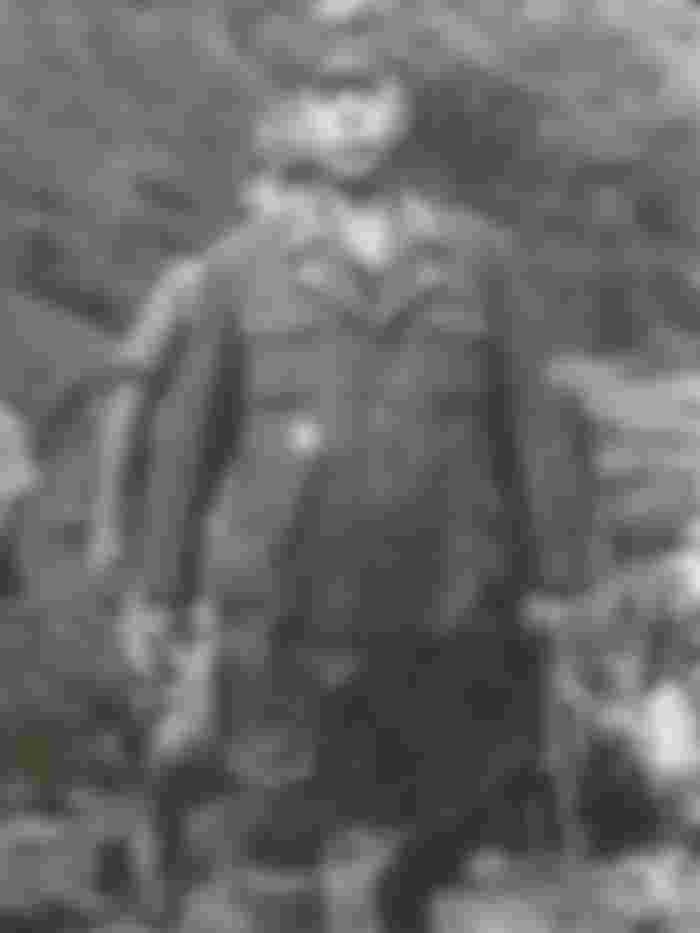
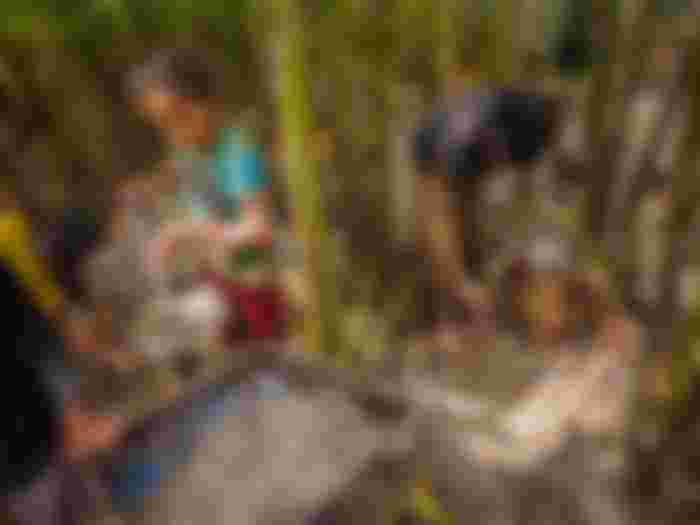
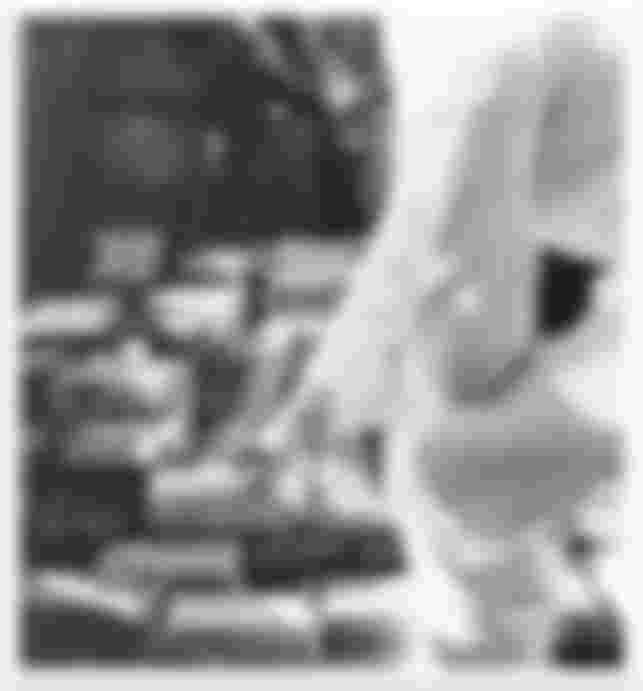

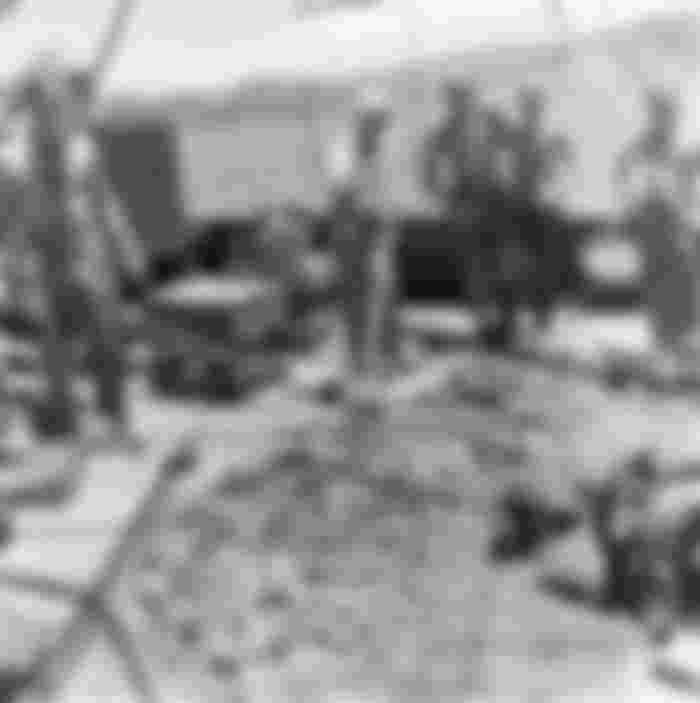
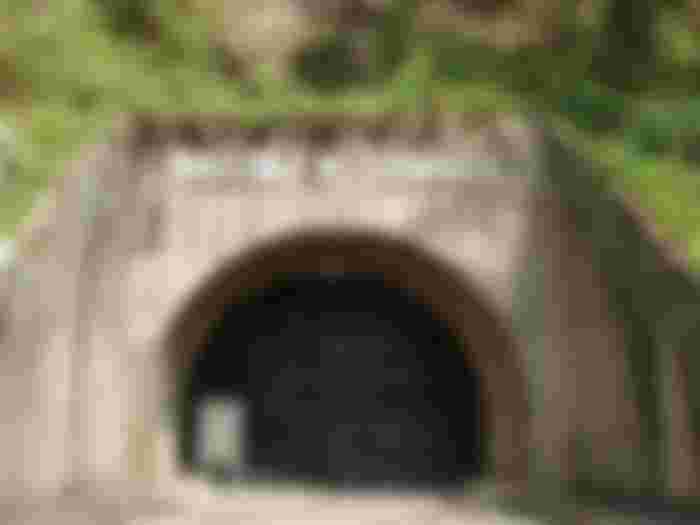
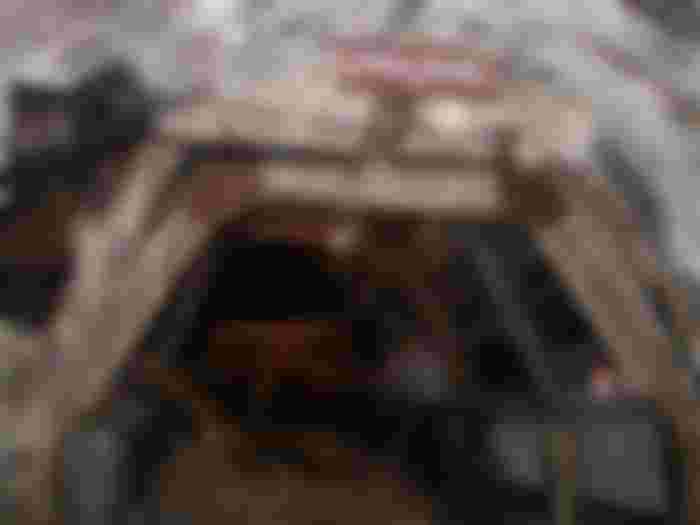
Wow, that's amazing. You will find treasures of Japanese soldiers there. I'm sure a lot of people will go there to hunt for treasure.